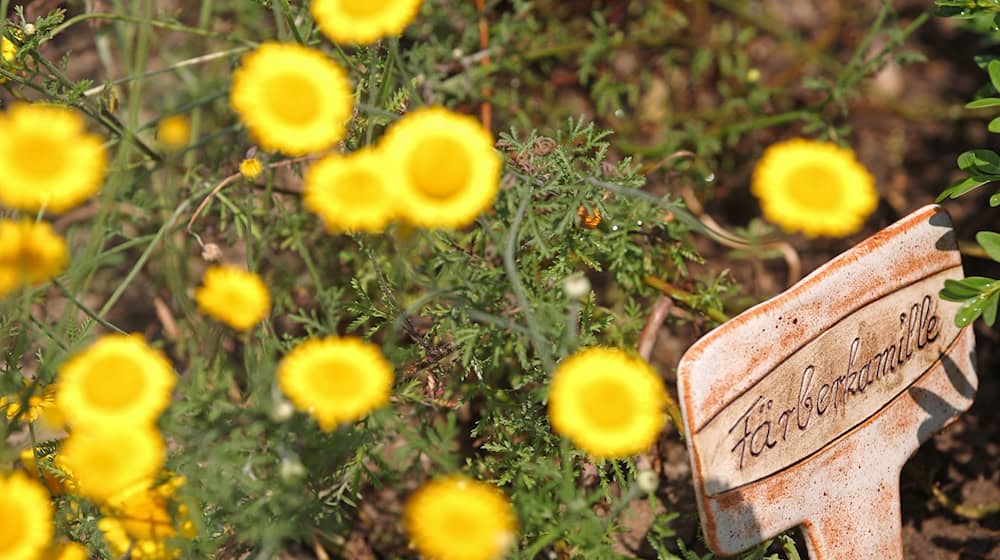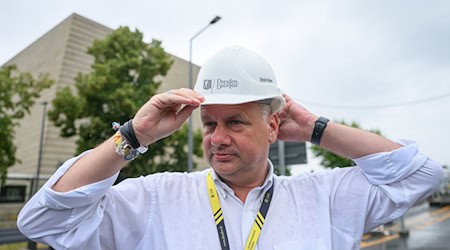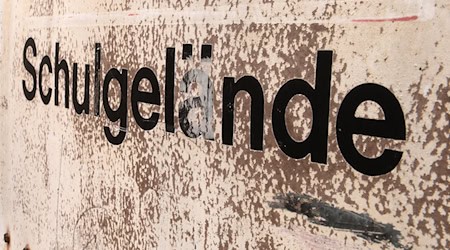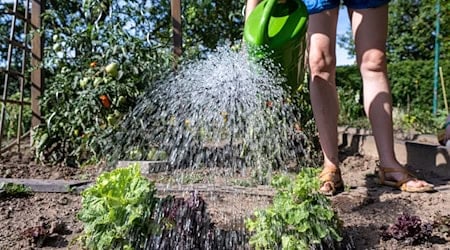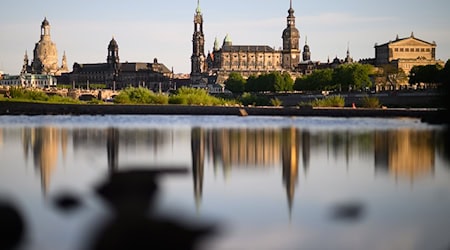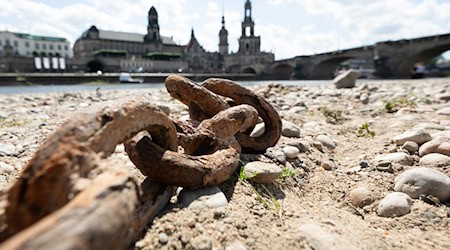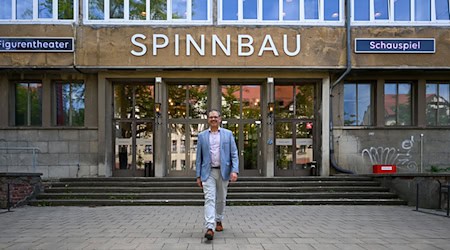A total of 38 new animal and plant species have been identified in the former open-cast mining area around Lake Werbelin between Leipzig and Delitzsch. These include the spring toothwort, the lesser centaury and the dyer's chamomile, three species that are considered endangered throughout Saxony, according to the North Saxony District Office. Almost 1,000 animal and plant species have now been counted in the former open-cast mine site.
Lake Werbelin was created from the Delitzsch-Südwest open-cast mine, which was shut down in 1993. An area of around 1,500 hectares around the lake has been designated as a European bird sanctuary since 2006. Nature is completely left to its own devices on around 800 hectares and is allowed to develop undisturbed without human intervention. Unlike in many other open-cast mining lakes around Leipzig, swimming is prohibited in Lake Werbelin.
The nature conservation plans for the artificially created body of water once met with resistance. The town of Delitzsch had marketing plans and wanted it to be used for gentle tourism with bathing opportunities. However, the site was placed under nature conservation in 2019.
Copyright 2025, dpa (www.dpa.de). All rights reserved

